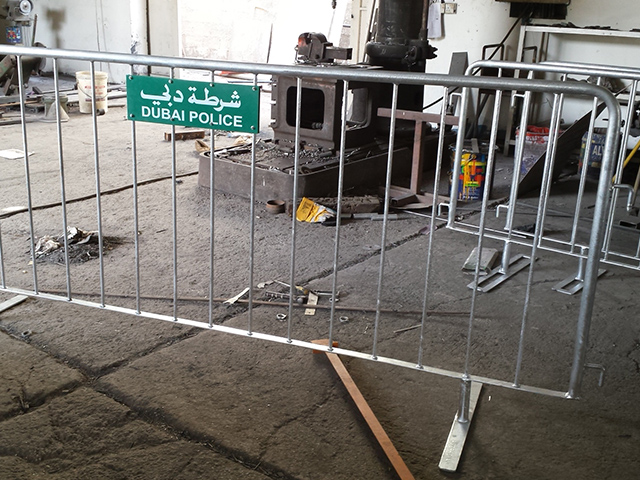When planning a fence project, careful calculation is crucial to prevent shortages or overpaying for extra supplies. It saves time, money, and frustration to estimate your fencing supplies needs precisely, whether you’re safeguarding your property or putting up a decorative boundary. To find out precisely what you’ll need for your fence job, follow these five crucial steps.
Measure Your Property Perimeter Accurately
Using a measuring wheel or long measuring tape, start by measuring the perimeter of your property. Note the entire linear footage, taking into consideration openings and gates where the fence is not required. Divide your property into triangles and rectangles for irregular forms, measure each part separately, and then add them all up. Moreover, before you calculate supplies, check the measurements twice to ensure that they are accurate.
Determine Post Quantities and Spacing
Posts provide your fence with structural support. Most PVC fence installations have a standard spacing of 6 to 8 feet, while local building laws, fence type, and height all affect the precise requirements. Divide the complete perimeter by the post spacing to determine the number of posts, then add one (the starting post). Make sure to consider more posts for elevation changes, corners, and gates.
Calculate Rails, Panels, and Pickets
Divide your perimeter by the common panel width (usually 6–8 feet) when installing a panel fence. Multiply the number of pickets in each section by the total number of sections in a picket fence. Determine how many rails are required for PVC side fencing based on the height of the fence; higher fences need more horizontal supports. Always include an additional 5–10% to cover wastage, cutting, and other material flaws.
Factor in Gate Materials and Hardware
Gates need to be taken into account differently from other components. Heavy-duty posts, specific hardware (handles, locks, and hinges), and sometimes concrete for reinforcement are required for every gate. Typical residential gates are 10–16 feet wide for driveways and 3–5 feet wide for walkways. Incorporate these specialised materials into your estimate to prevent unforeseen costs and mid-project delays.
Include Concrete, Fasteners, and Auxiliary Materials
During estimation, you might ignore the unseen aspects of your fence project. Determine the amount of concrete required based on the measurements of the post hole, which are usually three times the post width and one-third of the post height below ground. Add fasteners, post caps, tension wire, and finishing materials for permanent installations and site hoarding. If these little things are not properly accounted for, they can have a big effect on your budget.
Last words
You may create a thorough list of fencing supplies by following these five steps, which will guarantee that your project runs well from beginning to end. In addition to maintaining your budget, accurate estimating helps you avoid the aggravating situation of production stoppages brought on by material shortages.
FAQs
How much extra fence supplies should I buy?
Especially for wooden fences that can have natural defects, buy 10-15% more material to allow for cuts, wastage, broken parts, and errors in estimation.
Does installing a fence require a permit?
Permits are needed for the majority of residential fencing, especially for front yards and fences taller than six feet. Thus, before making a material purchase, check with the local building departments.
What is the ideal depth for installing fence posts?
In order to avoid frost heave, posts should typically be buried 1/3 of their length, with a minimum depth of 24 inches in most areas.




Leave A Comment